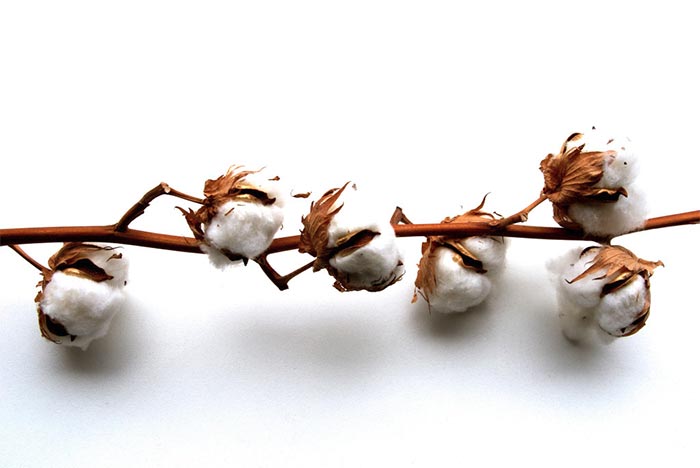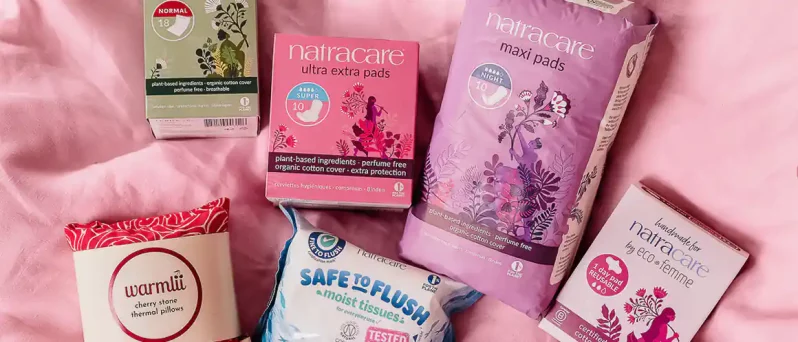What’s the difference between ‘sustainable’ fashion and ‘ethical’ fashion? It’s easy to be confused as there is some overlap but it’s worth understanding how the two differ.
Sustainable fashion focusses on the materials you wear, the processes of manufacture and the environmental damage they cause. Ethical fashion looks at the rights and working conditions of those making the products.
So what materials and processes you should be watching out for to be truly sustainable with what you are wearing? Read on.
Synthetic fabrics
Synthetic polymers such as polyester, nylon and acrylic are made from crude oil feed stock and are not biodegradable. Because these fabrics are a form of plastic, when thrown away they can take a very long time to break down in landfill, and they can release methane gas.
When washed, clothes made from synthetic material release tiny microplastic microfibres. These are so small they end up in our waterways and the ocean and are consumed by marine wildlife. The Story of Microfibers (by the makers of Story of Stuff) explains this issue incredibly well:
Your polyesters, nylons and acrylics cannot be coloured with natural, water-based dyes: instead factories use petrochemicals and toxic heavy metals to dye the fabric. These not only damage our environment with detrimental waste and processing but leave residues of these chemicals in our clothes.
It’s the same story using harsh and damaging chemicals such as formaldehyde and chlorine to be used in order to make synthetics look and act like natural fibres. These damage the environment and can remain as residuals in the clothes – not healthy! On a mass scale of industrial processing and a lifetime of clothes-wearing it doesn’t look good.
Some synthetic materials have perfluorinated chemicals (PFCs) added to them to make them “crease-resistant”. According to the U.S. Environmental Protection Agency, PFCs are cancer-causing chemicals.
Man-made fabrics
There are some fabrics which are not made from petrochemicals, but from wood or other plant cellulose. This raw material must also be processed heavily by man in order to create fibres such as viscose, rayon and acetate (rayon is a common name for many types of the same thing).
The tough wood or cellulose is first dissolved into a syrupy fluid using heavy duty dissolving chemicals such as ether or acetone, then spun out and dried into threads. Such harsh processing chemicals, and the waste products from the use of them, ends up in our water systems and can poison waterways and their inhabitants, causing wildlife to become infertile or develop cancers.
Beware bamboo fabric
Bamboo has a big green buzz around it and often thought to be a really eco-friendly option. Most bamboo fabric is made in the same way as rayon, by dissolving with chemicals and then spinning it.
Sustainable bamboo fabrics can be made by separating the fibres out naturally and then weaving them. This is rarely done as it’s more expensive to do.
Bamboo straddles the line of what is unsustainable and sustainable. If it’s made carefully and naturally, it’s great: fast growing, easily renewable, doesn’t need pesticides. However if it’s made like rayon it’s almost as bad as all the rest, so don’t be taken in by vague greenwashing claims.

Natural fabrics
Natural fabrics are made from fibres that are found in nature. These include wool, silk, cotton, some bamboo, and hemp. The benefits of these fabrics are that they are sourced directly from nature, are renewable and biodegradable, and for the most part are sustainably sourced and always beautiful to wear. They have the potential to be great for the environment, if they are grown and processed organically. However, the extra work and less industrialised processing that’s involved can mean a higher price tag but in the face of fast fashion it should be the longer lasting and desired choice.
How sustainable is cotton?
Non-organic cotton is the most heavily chemically sprayed crop in the world. Harmful and toxic pesticides, herbicides and defoliants are dumped on crops throughout its growing, picking and processing stages. Cotton can be bleached with chlorine based chemicals, contain toxic dyes, and use harsh chemicals to make the material flame retardant or crease-proof.
Certified organic cotton avoids all these chemicals, using much more sensitive forms of growing and processing. This protects and helps the environment and keeps you away from unwanted chemicals.
So, top tips?
- Look at the label on your clothes to see what materials they’re made from
- Watch out for “crease-proof” and flame retardant claims
- Opt for clothes that are made with organic and natural materials and use vegetable dyes
- Move from disposable fast-fashion culture to key statement pieces that will last you for years
- Get to know the best certifiers in your country for organic or natural clothing
- Choose with your feet and your purse!
have an organic period too!
If you’re already choosing organic clothes, try switching to certified organic cotton period products!
Find out more













really helpful blog
Glad to hear your feedback Tarmeen!